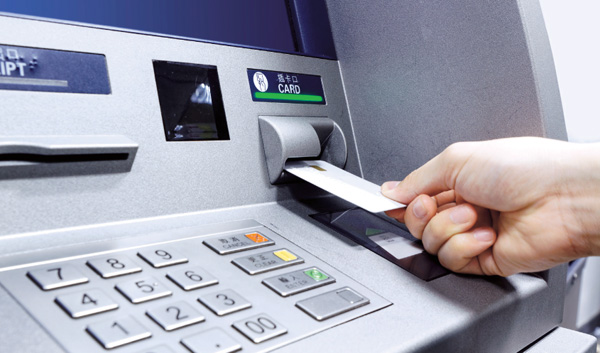NEW ORLEANS – Credit unions should be aligning their charitable giving with their mission.
That was the message from Gigi Hyland at CO-OP Financial Services' THINK 14 conference where the executive director of the National Credit Union Foundation and former NCUA board member took part in a discussion about how credit unions could better differentiate themselves inside and outside the financial services industry.
"You are walking the walk," Hyland said. "You are meeting your members' needs for safe, affordable and common-sense financial products and services. But that part about talking the talk and telling people what you're doing, that's not going as well."
Recommended For You
In order for credit unions to help people afford life, people need to know credit unions are an option, Hyland argued. They need to create awareness within their community of who they are and what they do.
They should also reconsider how well their long-standing support for charitable causes fits with this core mission and identity, she said.
Hyland pointed to the 2012 U.S. Financial Capability Study to demonstrate the need for increasing awareness of credit unions. Of those surveyed, she said 19% indicated they regularly spend more than they earn; 26% have overdue medical debt and 56% said they don't have any or enough emergency savings.
"These are more than statistics," she said. "These are our neighbors, families, friends and co-workers. These are ourselves."
As part of a solution, Hyland urged credit unions to make their philanthropy serve both a charitable cause and create awareness so they can help these people.
In fact, as good and as compelling as it is to help sick children, Hyland said, the Credit Union for Kids effort doesn't necessarily relate to credit unions' core mission and doesn't necessarily direct the public's mind to think about how credit unions could help them.
Other charitable efforts that might do that could include forming partnerships with other non-profits or local governments, including farmers markets, food banks and other cooperatives.
Efforts could be targeted at improving financial literacy through presentations of the Biz Kid$ program, the NCUF video program that introduces financial topics and entrepreneurship to children ages 8 to 16, she said.
Other possibilities might include partnering with a local organization to raise awareness of financial issues through a reality fair, a public event where participants spend some time trying to live as a lower-income person or family. Or a credit union could partner with a local grade school to offer parents of very young children seminars on what they can do to start saving for their children's education.
"When you think about your credit union's philanthropic efforts, think about how they connect to improving consumers' financial lives, to credit unions' dedication to financial well-being," Hyland said. "Leverage what you do best – consumer finance – into philanthropy that focuses on strengthening the financial well-being of everyone in your community."
Two other panelists advocated that public support for children's charities generates good will and media coverage that do raise credit union awareness.
Philips McCarty of the Good Scout Group, a consultancy that helps for-profit and not-for-profit firms enhance their charitable work, and Clark Sweat, chief corporate partnerships officer with Children's Miracle Network Hospitals, presented information about how compelling the public finds efforts in the health care for kids area.
"It's a hands-down winner with the public," Sweat said. "In surveys, the public reports that helping sick kids is their highest of one of their highest priorities when it comes to charitable giving."
Areas where credit unions in particular might be able to better blend their mission and their charitable efforts might involve ideas to help parents handle the expenses of caring for a sick child, Sweat and McCarty said.
© 2025 ALM Global, LLC, All Rights Reserved. Request academic re-use from www.copyright.com. All other uses, submit a request to [email protected]. For more information visit Asset & Logo Licensing.







